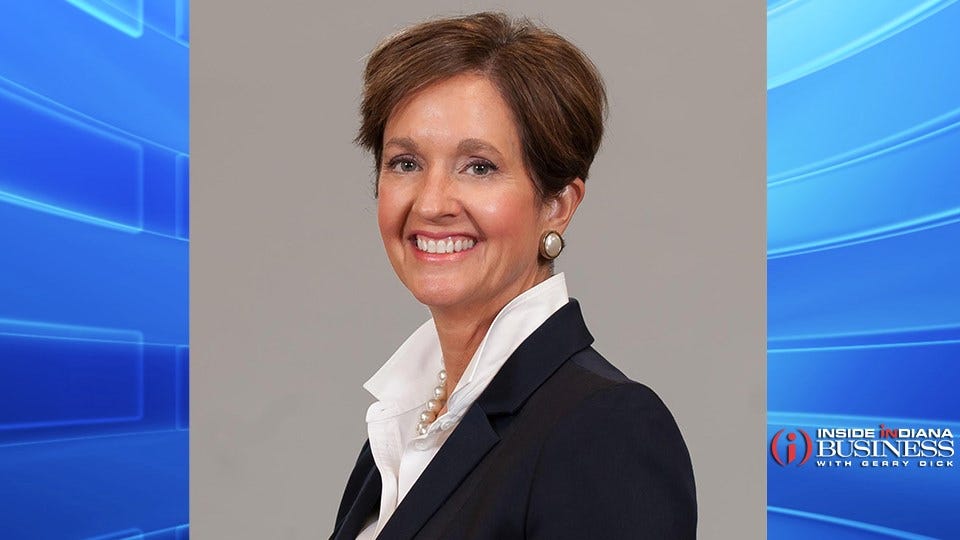What You Need to Know about the SECURE ACT

Subscriber Benefit
As a subscriber you can listen to articles at work, in the car, or while you work out. Subscribe NowThe “Setting Every Community Up for Retirement Enhancement” Act of 2019, better known as the SECURE Act, was approved by the Senate on December 19, 2019, and signed into law on December 20 by President Donald Trump. It made significant changes that will impact everyone from young families to retirees. So, how does this new law affect you?
Required Minimum Distributions: Now Begin at Age 72
The starting age for required minimum distributions (RMDs) has moved from age 70.5 to age 72. This allows you to defer taxes on those withdrawals for a few more years. You should note that if you turned 70.5 in 2019 or before and have already taken your RMD in 2019, you’re required to continue taking it in 2020 and subsequent years.
Qualified Charitable Distributions: No Change
You can still make qualified charitable distributions (QCDs), up to a maximum of $100,000 per year, from your IRA beginning at age 70.5, even if you aren’t taking required minimum distributions.
Traditional IRA Contributions: Keep on Saving
Beginning in 2020, if you are age 70.5 or older with earned income, you can contribute to an IRA. So no matter what your age, you can make a contribution to a traditional IRA as long as you have earned income. In 2020, you can contribute up to $6,000 to an IRA — $7,000 if you are age 50 +.
The SECURE Act does contain an anti-abuse rule that prevents you from making IRA contributions and turning them into qualified charitable donations. For example, assume you are age 70.5 in 2020 and earning $30,000 per year. To reduce your taxable income, you make deductible IRA contributions of $7,000 ($6,000 plus $1,000 catch up for 50+) for four more years. That’s a total of $28,000 of deductible IRA contributions. Let’s say that in 2028 you decide to give $40,000 to charities from your IRA using a qualified charitable deduction. Not so fast, says Uncle Sam! You can only claim a QCD of $12,000 ($40,000 – $28,000 = $12,000) and the remaining $28,000 can be claimed as an itemized deduction.
“Stretching” (And I Don’t Mean Yoga) Is Out: The 10-Year Rule for Inherited IRAs
One of the biggest impacts of the SECURE Act is the elimination of the “stretch” provision for most (but not all) non-spouse beneficiaries of inherited IRAs. If you are a non-spouse who inherited an IRA prior to January 1, 2020, you can “stretch-out” your required minimum distributions over your lifetime.
Under the SECURE Act, most non-spouse inherited IRAs and Roth IRAs must be distributed within 10 years. Distributions are not required every year, but the account must be completely distributed by the end of the tenth year. That provides you with some flexibility. For example, let’s assume you inherit a $300,000 IRA while you’re still working, but you plan on retiring in three years. You might want to delay any distributions until retirement when you could potentially be in a lower tax bracket. If the IRA is held in a trust, the distribution rules aren’t completely clear. The IRS still needs to provide guidance on those rules.
What to Expect when Expecting: No-Penalty Qualified Birth and Adoption Distribution
With the passage of the SECURE Act you can now distribute up to $5,000 penalty-free from an IRA or qualified plan for a qualified birth or adoption of a child. To meet the requirements, you must take the distribution one year from either the date of birth or date the adoption is finalized. The $5,000 is a per-child limit per parent. Therefore, if each parent has a qualified plan, then each parent is eligible for the $5,000 penalty-free distribution for a total of $10,000.
529 Plan Qualified Education Expenses Expanded: Hip Hip Hooray!
You now have the ability to distribute $10,000 from a 529 plan to pay the principal and interest of a qualified education loan for the plan’s beneficiary or his/her sibling. The $10,000 is a lifetime limit per beneficiary and is not adjusted for inflation. Another change: Apprenticeship programs that are registered and certified with the Department of Labor now qualify as higher education expenses. 529 plan funds can be used for fees, books, supplies, and required equipment. Even better news: This change is retroactive to the beginning of 2019!
Summary
The SECURE Act contains some big changes to our current retirement system including the delay of required minimum distributions and the replacement of the stretch provision with the 10-year rule. Check with your financial advisor to see how these changes might affect you in the new year.
Meredith Carbrey is a Senior Wealth Advisor with Bedel Financial Consulting Inc., a wealth management firm located in Indianapolis. For more information, visit their website or email Meredith.
